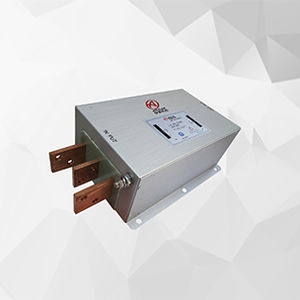
- Electricity - Electronics
- Electronic Component
- Nanocrystalline core
- Advanced Technology and Materials Co.,Ltd.
- Products
- Catalogs
- News & Trends
- Exhibitions
Common mode core CC025nanocrystalline




Add to favorites
Compare this product
Characteristics
- Options
- nanocrystalline, common mode
Description
Nanocrystalline cores can be classified as Common Mode Choke Cores (CMC), High Frequency Power Transformer Cores (HFPT) and Current Transformer Cores (CT) based on different uses and performances.
According to the magnetic properties of cores, selecting suitable compositions, the nanocrystalline ribbon is wound into cores of various shapes and sizes, such as toroidal, rectangular, C-shape or E-shape, etc. After specific heat treatment process, cores with required magnetic properties will be produced and encapsulated in accordance with customers’ requirements.
Features
Compared with ferrite, nanocrystalline has higher Curie temperature, wide working temperature range and excellent thermal stability. It has higher magnetic permeability and higher saturation flux density, which can significantly reduce the volume and weight of cores. Therefore, it is more compatible with the development trend of miniaturization and lightweight of electronic products.
Typical Applications
Typical applications are as below:
• Common Mode Choke Cores (CMC Cores)
Nanocrystalline common mode choke core has excellent frequency and impedance characteristics, which makes it the state-of-the-art material for a wide range of applications, e.g. power supply, electric drive and electric control systems for electric vehicles, photovoltaic power inverters, wind power converters, switching power supply for home appliances, as well as EMC solutions of industrial power supplies such as inverter welding machine.
• High Frequency Power Transformer Cores (HFPT Cores)
Other Advanced Technology and Materials Co.,Ltd. products
Amorphous Alloys/Nanocrystalline Materials
*Prices are pre-tax. They exclude delivery charges and customs duties and do not include additional charges for installation or activation options. Prices are indicative only and may vary by country, with changes to the cost of raw materials and exchange rates.





